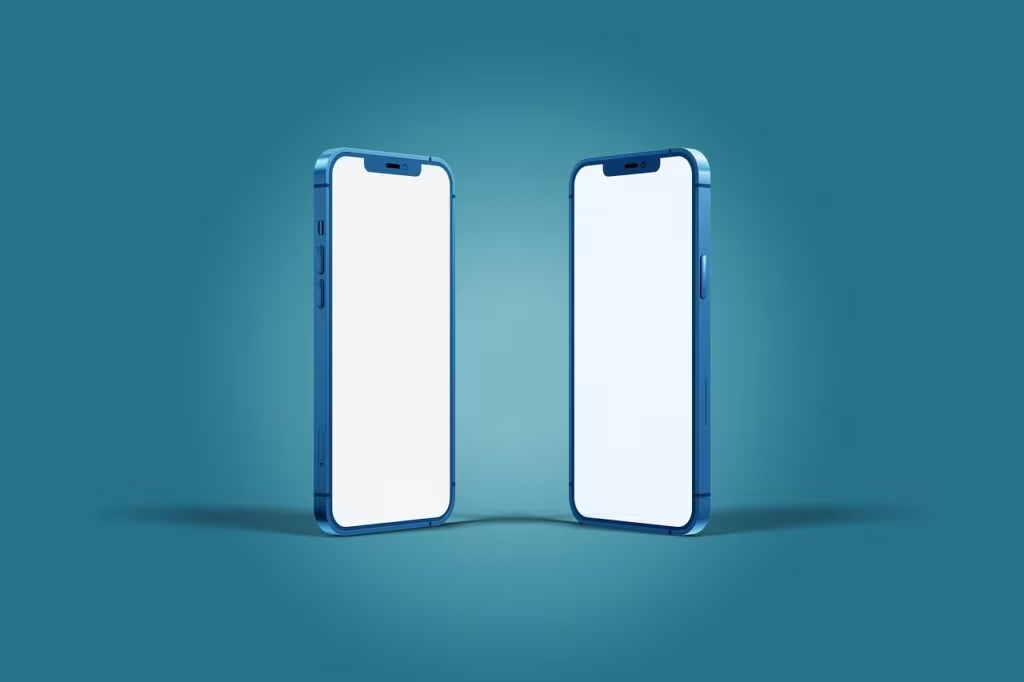The Cautionary Tale of the Amazon Fire Phone: A Deep Dive into a Tech Flop
Launched in 2014, the Amazon Fire Phone was intended to be the next major disruption in the smartphone market, leveraging Amazon’s vast e-commerce ecosystem and hardware expertise gained from the Kindle line. Instead, it became one of the most significant and costly commercial failures in modern consumer electronics history, resulting in a staggering $170 million inventory write-down for the company.
This device, spearheaded by then-CEO Jeff Bezos, was not merely a phone; it was a physical manifestation of Amazon’s desire to control the entire customer journey, from browsing to purchase, placing the store directly into the user’s hand. However, a combination of bizarre, over-engineered features and critical strategic missteps ensured its swift and unceremonious exit from the market within just over a year.
The Vision: A Shopping Portal in Your Pocket
Amazon’s approach to the smartphone market was fundamentally different from Apple or Google. While competitors focused on utility, communication, and app ecosystems, Amazon focused on commerce. The Fire Phone was designed less as a communication device and more as a highly optimized tool for Amazon Prime members to spend money.
This philosophy dictated the design and the two primary, unique features that set the Fire Phone apart—and ultimately weighed it down:
1. Dynamic Perspective: The Gimmick That Required Four Cameras
The most distinctive and technically complex feature of the Fire Phone was Dynamic Perspective. This technology used four dedicated, low-power, infrared front-facing cameras positioned at the corners of the device, coupled with infrared illumination, to continuously track the user’s head and eye movements. The goal was to render a pseudo-3D effect on the display without the need for glasses.

How Dynamic Perspective worked:
- Parallax Effect: By tracking the user’s gaze, the phone could adjust the display perspective in real-time. This allowed elements like icons, maps, and lock screens to appear to shift and move in three dimensions as the user tilted their head or the phone.
- Interface Navigation: It was also used for navigation, allowing users to peek around corners in maps or scroll through menus simply by tilting the device—a feature that often proved cumbersome and unnecessary compared to standard touch input.
- The Cost: The inclusion of four specialized cameras and the processing power required to run the feature constantly added significant cost and complexity to the device, draining the battery and driving up the retail price.
2. Firefly: The Ultimate Impulse Shopping Tool
The second major feature, Firefly, was a dedicated button and application designed for instant recognition. Users could point the Fire Phone’s camera at almost anything—a book, a CD cover, a painting, a phone number, or even a can of soda—and Firefly would instantly identify the item and provide a link to purchase it on Amazon.
While object recognition technology is now common, Firefly was aggressive and central to the phone’s identity. It was a seamless, one-click path from real-world object to Amazon checkout, reinforcing the device’s primary purpose as a mobile shopping conduit.
Fatal Strategic Miscalculations
The Fire Phone’s failure was not solely due to its hardware gimmicks; it was compounded by a series of critical business decisions that alienated potential customers and developers alike.
High Price and AT&T Exclusivity
In the summer of 2014, the smartphone market was dominated by Apple and Samsung. Amazon chose to price the Fire Phone at $199 with a two-year contract (or $649 unlocked), placing it directly in competition with the flagship iPhone 5s and Samsung Galaxy S5.
This pricing strategy was baffling for several reasons:
- Lack of Brand Equity: Amazon had zero equity in the premium smartphone space. Consumers were unwilling to pay flagship prices for an unproven device running an unfamiliar operating system.
- Walled Garden: Unlike the subsidized Kindle, which was cheap because Amazon made money on content, the Fire Phone was expensive, yet still locked users into the Amazon ecosystem.
- AT&T Lock-In: The device was exclusively launched on AT&T in the U.S., severely limiting its market reach. This decision mirrored early iPhone launches but lacked the iPhone’s inherent desirability.
The Fire OS Problem
The Fire Phone ran on Fire OS, a heavily modified fork of Android. While it was technically Android-based, it lacked access to the crucial Google Play Store and Google Mobile Services (GMS), including Google Maps, Gmail, and YouTube.
Developers were reluctant to build apps specifically for the limited Fire OS user base, leading to a significant app gap compared to iOS and standard Android. This lack of essential applications was a dealbreaker for mainstream users accustomed to the robust ecosystems of Google and Apple.

The Aftermath and Lasting Legacy
The market reaction was immediate and brutal. Reviews criticized the phone for its poor battery life, confusing interface, and the unnecessary complexity of Dynamic Perspective. Sales were dismal. Within months, Amazon was forced to slash the price to 99 cents with a contract in an attempt to clear inventory.
By October 2014, just three months after launch, Amazon reported a massive $170 million charge related to unsold Fire Phone inventory and supplier commitments. The phone was officially discontinued in 2015.
Lessons Learned by Amazon
The failure of the Fire Phone was a painful, expensive lesson that fundamentally shifted Amazon’s hardware strategy. The company learned that:
- Price Matters: For new hardware entrants, especially those focused on ecosystem integration, aggressive pricing is essential (a lesson later applied successfully to Fire Tablets and Echo devices).
- Gimmicks Don’t Sell: Novelty features must genuinely enhance utility, not just demonstrate technical prowess.
- Ecosystem is King: Consumers will not sacrifice access to core applications (like Google services) for a proprietary shopping experience.
The Fire Phone’s demise paved the way for Amazon’s subsequent successes. The company pivoted its hardware focus away from high-end, high-margin devices and toward affordable, utility-focused products like the Echo smart speaker and its line of low-cost Fire tablets, which successfully integrated Amazon services without attempting to compete directly with Apple or Samsung on premium features.
Key Takeaways: Why the Fire Phone Failed
The Amazon Fire Phone remains a textbook example of how innovation without market understanding can lead to disaster. Its failure can be summarized by these critical factors:
- Over-Engineered Features: Dynamic Perspective was technically impressive but offered minimal practical user benefit, adding cost and complexity.
- Premium Price Tag: Launching at $649 unlocked put it in direct competition with established flagship devices, a battle Amazon was not equipped to win.
- Walled Garden Isolation: The lack of the Google Play Store created an insurmountable app gap for most users.
- Strategic Exclusivity: Limiting the launch to AT&T severely restricted the potential customer base.
- Misplaced Priority: The device prioritized shopping (Firefly) over core smartphone utility (communication, apps, battery life).
Conclusion
The Amazon Fire Phone was a bold, expensive experiment driven by Jeff Bezos’s ambition to create the ultimate mobile shopping device. While its technology, particularly Dynamic Perspective, demonstrated Amazon’s engineering capability, the product fundamentally misunderstood consumer needs in the competitive 2014 smartphone landscape. The resulting $170 million loss served as a harsh but effective tuition fee, teaching Amazon the value of utility, affordability, and strategic humility in the consumer hardware space, lessons that ultimately fueled the success of the Echo and Alexa ecosystem we know today.
Original author: David Pierce
Originally published: November 9, 2025
Editorial note: Our team reviewed and enhanced this coverage with AI-assisted tools and human editing to add helpful context while preserving verified facts and quotations from the original source.
We encourage you to consult the publisher above for the complete report and to reach out if you spot inaccuracies or compliance concerns.

